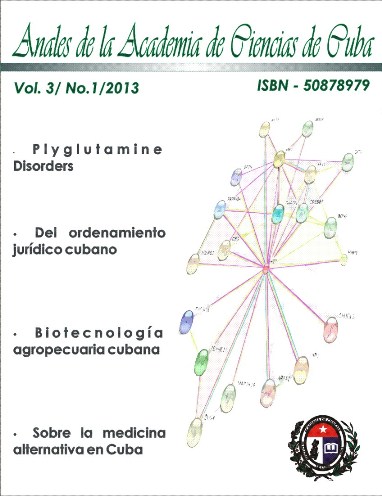Development of biotechnology at National Center of Animal and Plant Health I – Health and animal improvement
Abstract
Biotechnology has a revolutionary impact in all areas of knowledge on Biology. Specifically, agricultural biotechnologies applied to animal breeding and health can be applied to a wide range of different purposes ranging from the diagnostic of animal diseases, vaccine development, genetic improvement of animal populations increasing their performance or effectiveness, characterization and preservation of livestock genetic resources and improvement of food destines to animals.
The contribution offered by agricultural biotechnologies to face the challenges of ensuring food safety without destroying the base of environment resources is an aspect to be considered.
Since the beginning of the 80s, the National Center for Animal and Plant Health (CENSA), which is a scientific institution created in 1969, began working on the introduction and use of biotechnological tools in the performance of its work goals in its two main branches: animal health and plant protection.
In this review, some results on the application of these technologies on animal health and breeding are presented.
Downloads
Downloads
Published
How to Cite
Issue
Section
License
The journal Anales de la Academia de Ciencias de Cuba protects copyright, and operates with a Creative Commons License 4.0 (Creative Commons Attribution-NonCommercial License 4.0). By publishing in it, authors allow themselves to copy, reproduce, distribute, publicly communicate their work and generate derivative works, as long as the original author is cited and acknowledged. They do not allow, however, the use of the original work for commercial or lucrative purposes.
The authors authorize the publication of their writings, retaining the authorship rights, and assigning and transferring to the magazine all the rights protected by the intellectual property laws that govern in Cuba, which imply editing to disseminate the work.
Authors may establish additional agreements for the non-exclusive distribution of the version of the work published in the journal (for example, placing it in an institutional repository or publishing it in a book), with recognition of having been first published in this journal.
To learn more, see https://creativecommons.org






